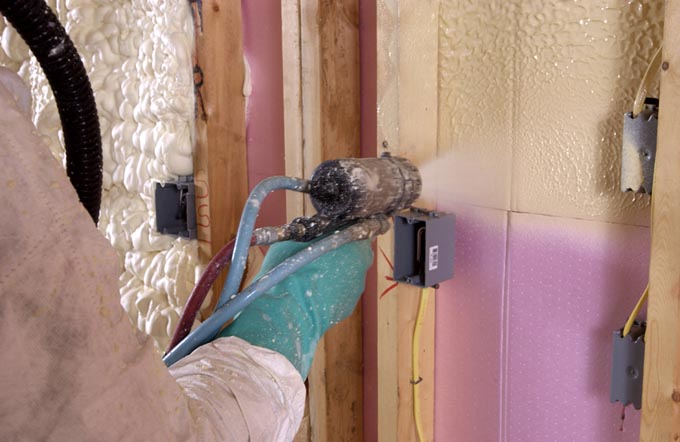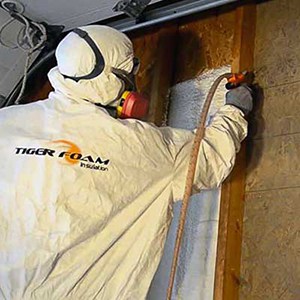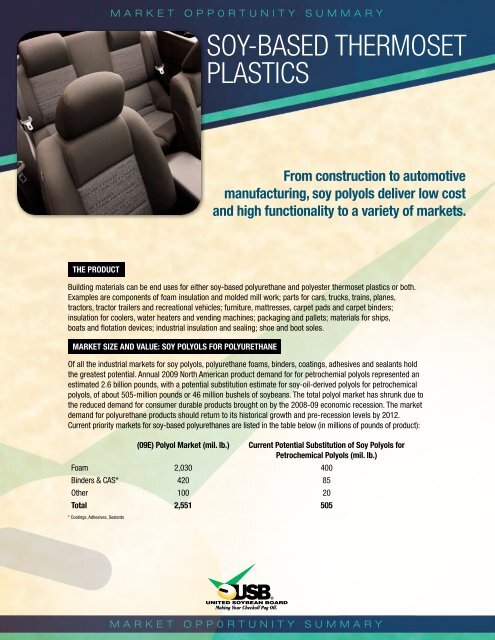This innovative product has excellent thermal and sound insulating properties that can help to create a healthy comfortable energy efficient and durable residential or commercial structure.
Bio based soy foam insulation.
502 a second generation open cell water blown spray foam insulation has 12 bio content offers an r value of 13 at 3 1 2 inches and is bre certified.
It has 16 bio content and is certified to greenguard children.
Open cell insulation is like broken bubbles.
This is basically a non starter.
Soy based foam insulation comes in two forms.
Companies are now offering hundreds of products made with ingredients grown on american farms.
Soy based insulation may also reduce building costs by decreasing the amount of lumber used.
While there is little doubt that soy based insulation is less toxic than polyurethane according to the architecture experts at horizon builders though the current soy products perform much better than fiberglass batts there are some sacrifices with soy foam in that they don t insulate as well as closed cell polyurethane foam.
A higher density water blown closed cell 1 7 pound foam 1701 serves as an air barrier and a class ii vapor retarder at 2 1 2 inches with an r value of 19 at 3 1 2 inches.
Biobased foam insulation is a soy based polyurethane spray in place foam insulation.
Heatlok soy 200 plus is a closed cell spray foam insulation that also incorporates recycled plastic bottles.
Sucra seal is biotex foam s default foam choice.
Open cell and closed cell.
What s the real deal with so called bio based insulation.
According to demilec it has a high r value of 7 4 at 1 inch and a density of two pounds.
Biobased 502 and biobased 1701s are made by incorporating agrol polyol a 96 soybean based polyol.
Photo by bob stefko.
Until now biobased insulation s award winning bio based insulation products have only been available through a certified dealer network.
One manufacturer urethane soy systems co.
It is complete marketing hype and of little relevance in the real world.
The bio to which they are referring is soy based oils vs.
Open cell insulation has a value of r 3 6 per inch but is usually less expensive.
Soy based spray foam insulation in their kitchen walls saves jennifer and jason lafleur hundreds a year on their energy bills.
These products include cleaning supplies lubricants transformer fluids paints carpet backing energy efficient roofing materials and spray foam insulation and many more.
The problem is that none of them have more than single digit percentages of soy based oils in their contents.
The walls are soft and air gets trapped in the insulation working like a down sleeping bag.
The renewable soybean oil content in the polyol used to make heatlok soy 200 plus is 13 5 percent.
Soy biobased products across the nation u s.
A chicago couple uses spray foam insulation made from the versatile legume to keep their kitchen cool in the summer and warm in the winter.




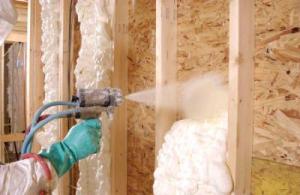










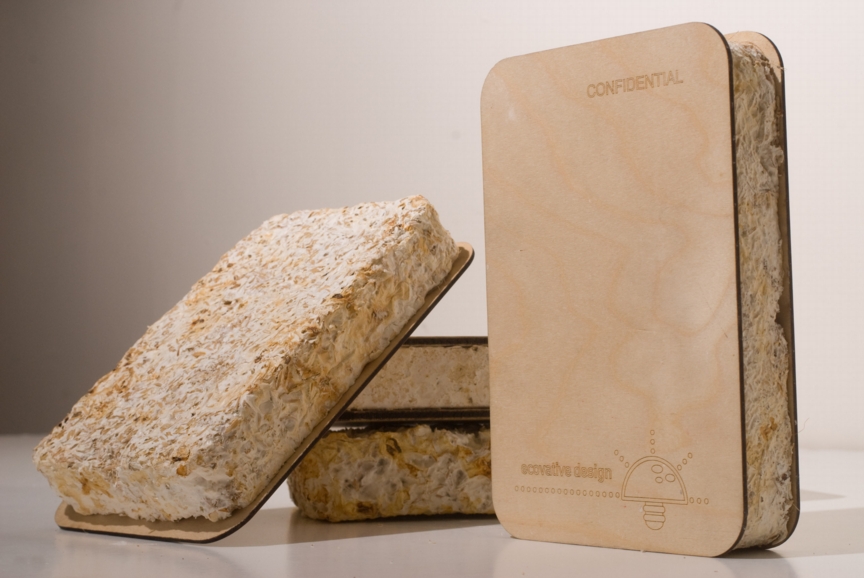


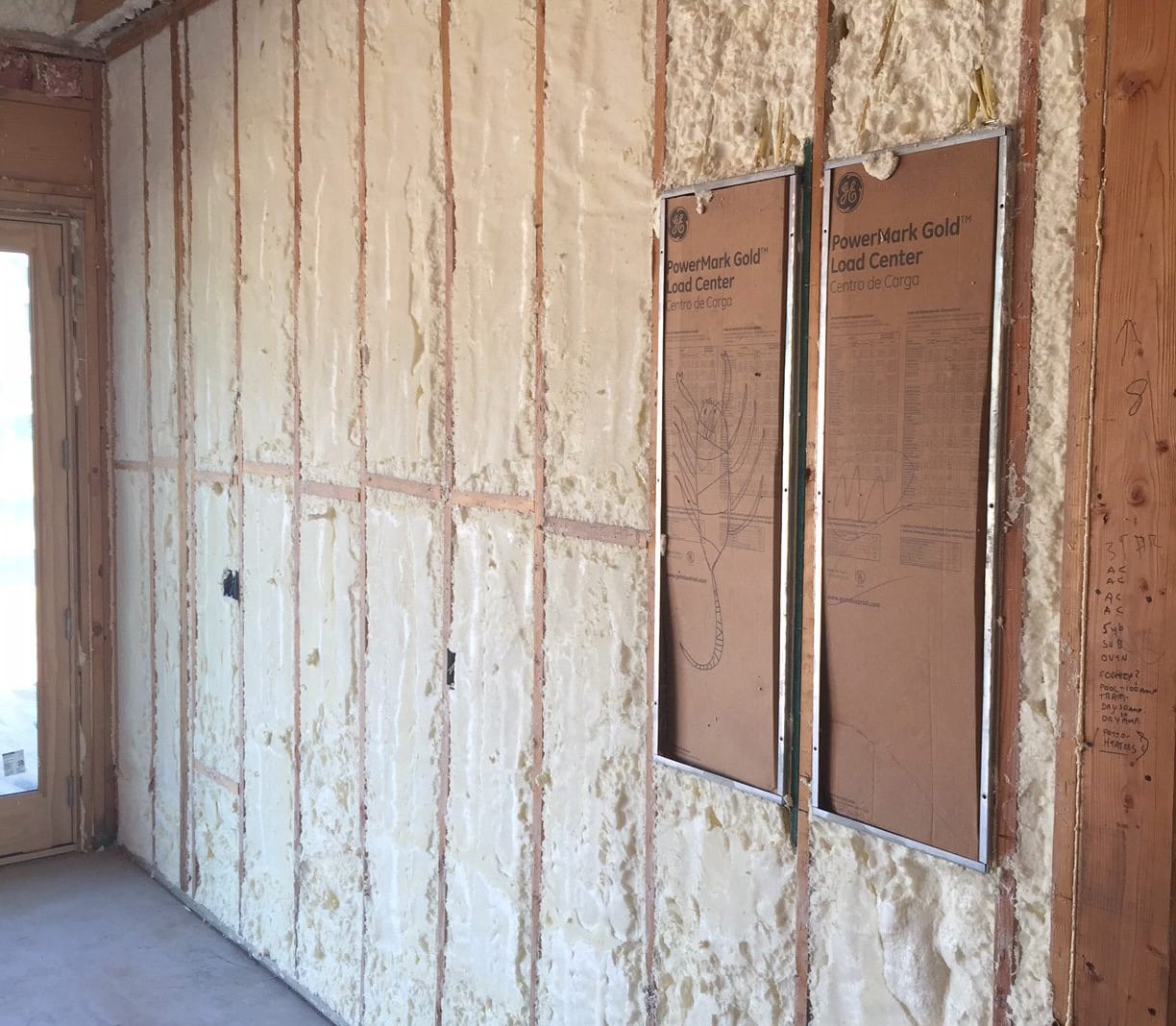


:max_bytes(150000):strip_icc()/__opt__aboutcom__coeus__resources__content_migration__treehugger__images__2012__12__spray_foam-84d12d55962e4a6ab8158888b78f4297.jpg)
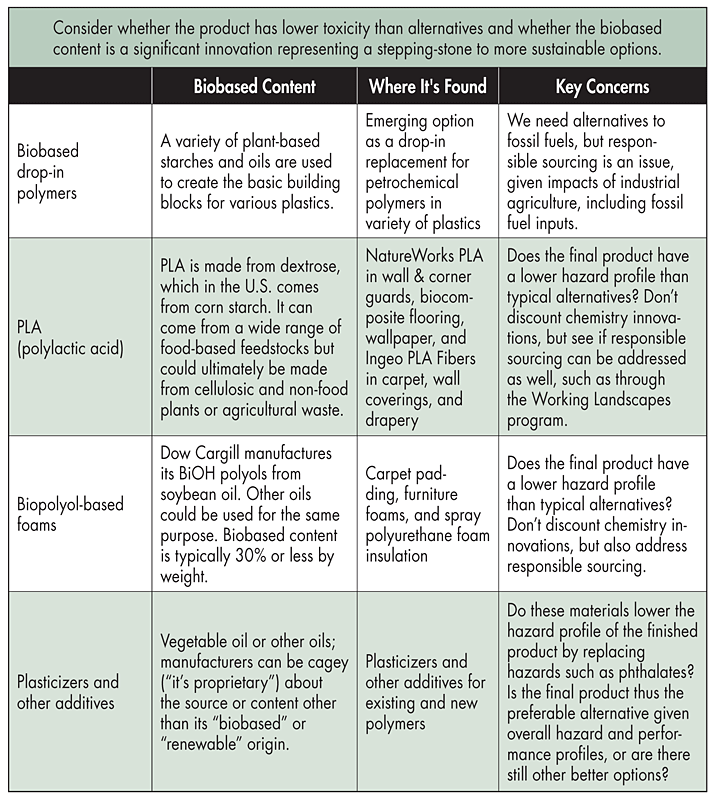
:max_bytes(150000):strip_icc()/__opt__aboutcom__coeus__resources__content_migration__treehugger__images__2013__08__spray-foam-closeup-111c31b987494e6a80c042183099bcb8.jpg)









